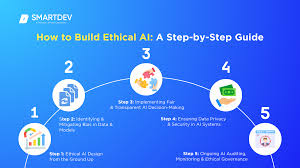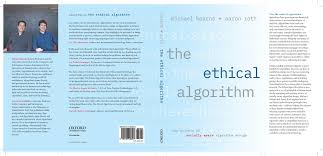
As algorithms increasingly shape our daily lives—from recommending news to deciding credit scores and even influencing legal outcomes—the question arises: can we build algorithms that are truly ethical? By 2025, this challenge has become central to the future of technology, society, and trust.
Let’s explore what it means to create ethical algorithms, the hurdles involved, and the path forward.
1. What Is an Ethical Algorithm?
An ethical algorithm is designed to make decisions that are fair, transparent, accountable, and respectful of human rights. It avoids biases, discrimination, and harm, striving to serve society’s best interests.
2. Challenges in Building Ethical Algorithms
- Bias in Data: Algorithms learn from data that often reflect historical prejudices or inequalities.
- Transparency Issues: Complex models like deep learning can be “black boxes” with decisions that are hard to explain.
- Accountability Gaps: Determining who is responsible when algorithms cause harm is difficult.
- Value Alignment: Different cultures and stakeholders have varying ideas about what is ethical.
- Dynamic Environments: Algorithms operate in changing contexts, making fixed rules insufficient.
These challenges make building ethical algorithms a complex task.
3. Efforts Toward Ethical AI
Researchers and organizations are developing frameworks and tools such as:
- Fairness metrics to detect and reduce bias.
- Explainable AI techniques that clarify how decisions are made.
- Governance policies to ensure accountability and oversight.
- Inclusive design processes involving diverse stakeholders.
These efforts aim to embed ethics throughout algorithm development.
4. The Role of Regulation and Collaboration
Government regulations and international standards are emerging to:
- Mandate transparency and fairness.
- Protect privacy and prevent discrimination.
- Promote independent audits and impact assessments.
- Encourage cooperation between tech companies, governments, and civil society.
Policy and multi-stakeholder collaboration are vital.
5. Ethical Algorithms in Practice
Some sectors are leading ethical algorithm adoption:
- Healthcare algorithms that prioritize patient safety and equity.
- Financial systems designed to prevent discriminatory lending.
- Criminal justice tools under scrutiny for fairness and bias.
- Social media algorithms aiming to reduce misinformation and harm.
Continuous monitoring and improvement remain essential.
Final Thoughts
Building a truly ethical algorithm is a challenging but necessary goal. It requires not only technical solutions but also societal engagement, transparency, and strong governance.
While perfect ethical algorithms may be elusive, striving toward them is crucial to ensure technology benefits all fairly and responsibly.
